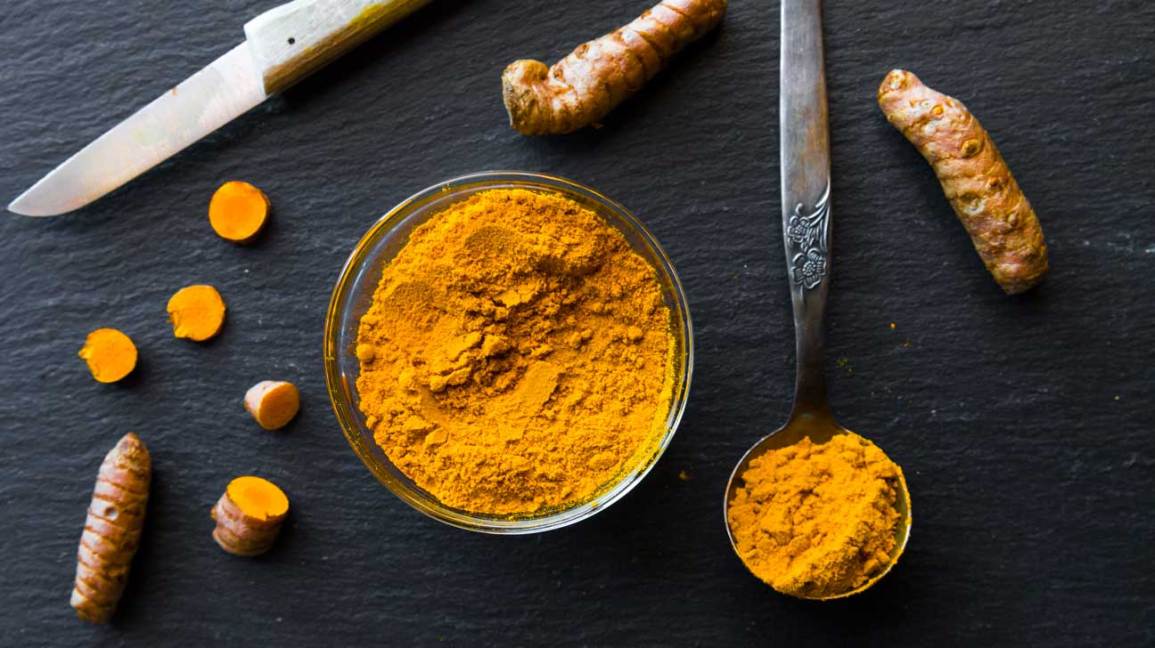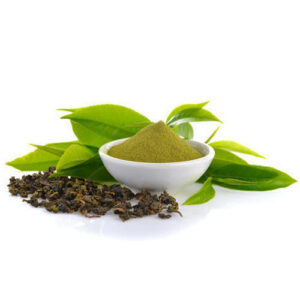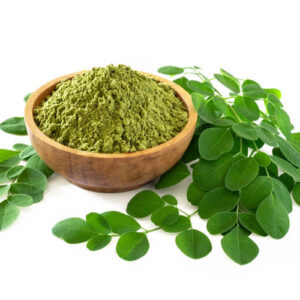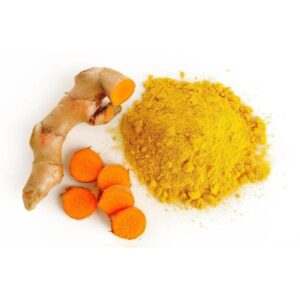Turmeric is commonly known for its medicinal values in the Indian traditional systems of medicine. Turmeric has been used traditionally in “ayurvedic medicine” as an antiseptic, wound healing, and anti-inflammatory compounds. Curcumin, dimethyoxycurcumin and bisdemethoxycurcumin is a dietary photochemical obtained from dried rhizomes of the turmeric plant (curcuma Longa), Curcumin is a main coloring substance in Curcuma longa and two related compounds, demethoxycurcumin (DMC) and bisdemethoxycurcumin (BDMC), are altogether known as curcuminoid. Though large number of studies unequivocally identified the numerous pharmaceutical actions of curcuminoids its acceptance as a “wonder compound” is slowly forthcoming. Because curcumin is a constituent of the diet, it is nontoxic in nature. Curcumin has a plethora of beneficial effects and certainly qualifies for serious consideration as a cosmetic, pharmaceutical/nutraceutical/phytoceutical agent.
The colourings responsible for the bright yellow hue of turmeric are the pigments curcumin, demethoxycurcumin and bisdemethoxycurcumin. The major chromaphore of the extract is called curcumin. Turmeric is available commercially in two basic forms — oleoresin and as curcumin powder.
| TEST | SPECIFICATIONS |
| Source | Curcuma Longa |
| Part Used | RHIZOMES |
| Colour | Bright yellow to orange powder |
| Identification by HPLC | Positive |
| Solvenet Used | As per USP |
| Solubility in Water | Insoluble |
| Solubility in ALC0HOL | Slightly Soluble |
| Curcumin by HPLC (% Area) | NLT 95% |
| LOSS ON DRYING | NLT 1% |
Microbial Profile
| Total Plate Count | Not more than 1000 cfu/gm |
| Yeast & Mould | Not more than 100 cfu / gm |
| E.Coil | Absent |
| Salmonella | Absent in 25 gm |
| Lead | NMT 1 ppm |
| Mercury | NMT 0.1 ppm |
| Arenic | NMT 1 ppm |
| Cadmium | NMT 1ppm |





Reviews
There are no reviews yet.